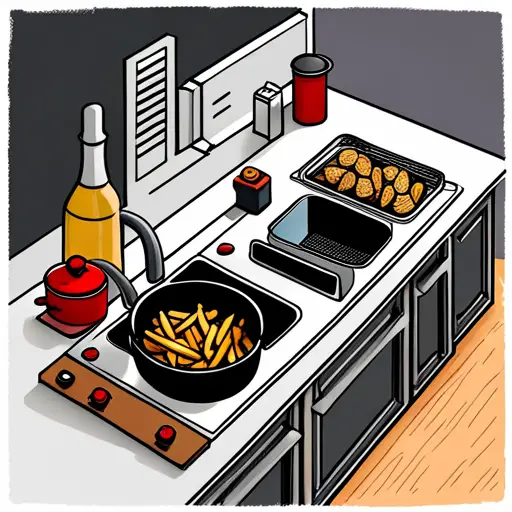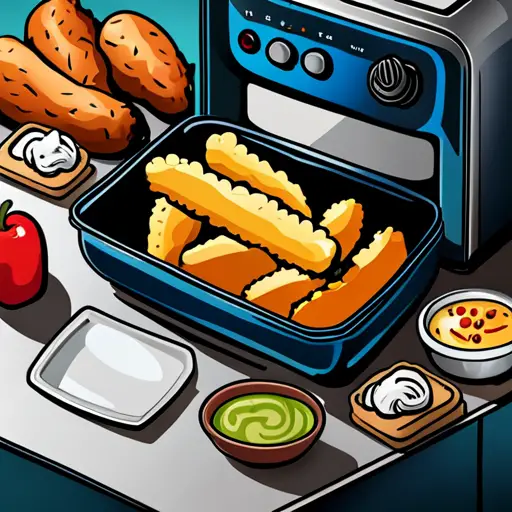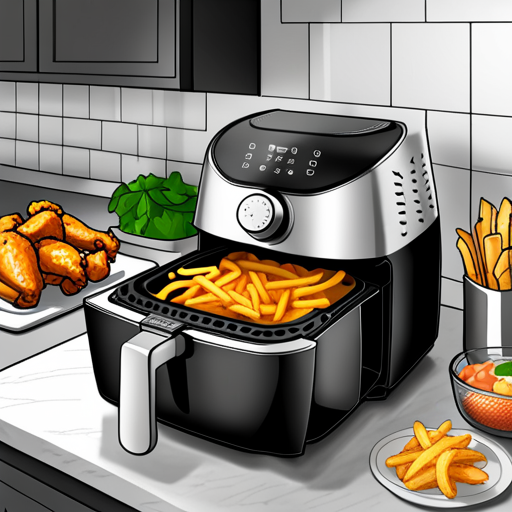
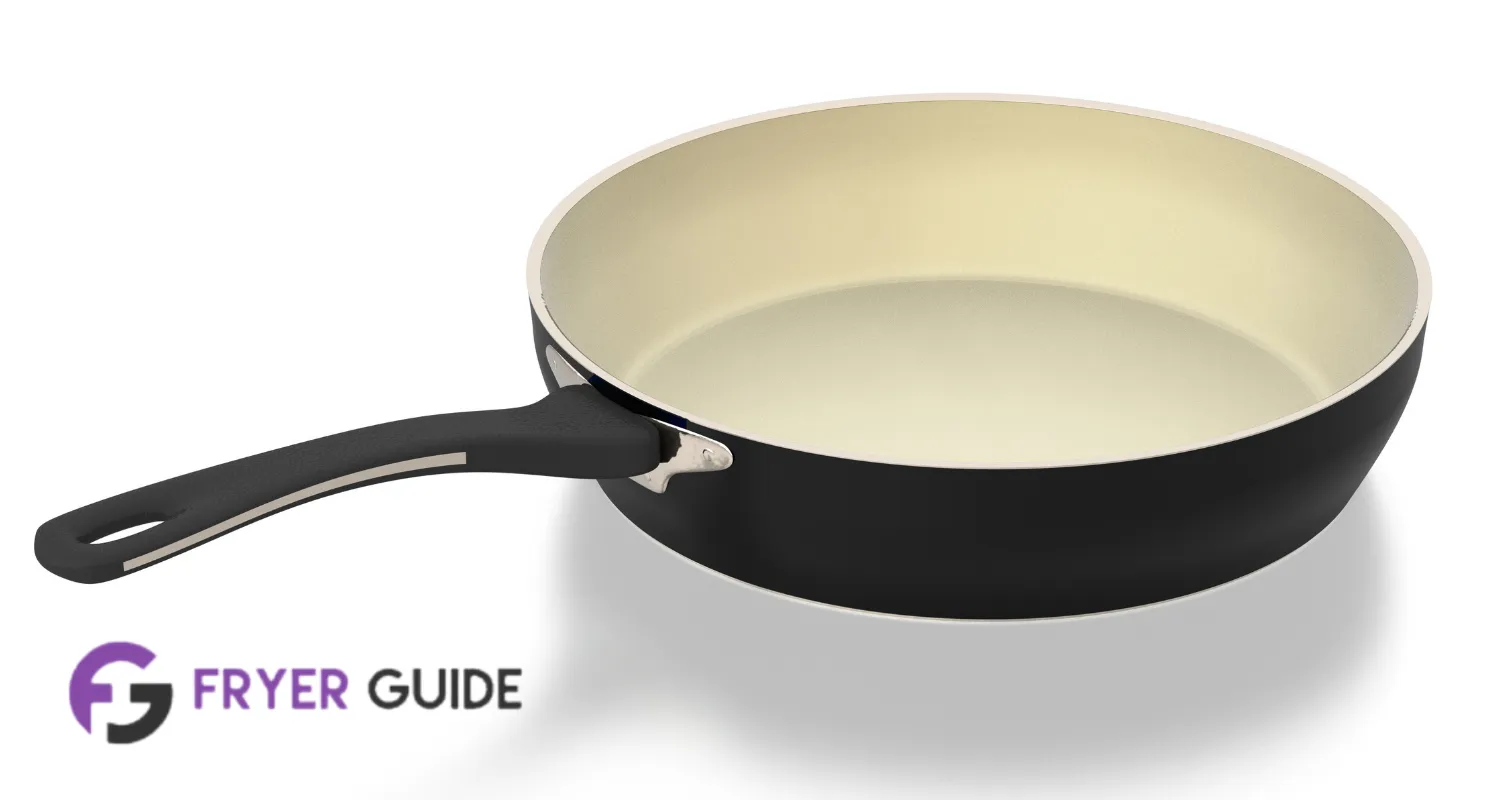
Contents
Just like cast-iron cookware, cookware with ceramic coatings must be seasoned too, this enhances the natural ceramic coatings your pan has, keeps the non-stick coating and increases its overall lifespan.
To season ceramic cookware, you simply need to apply a thin layer of cooking oil to the pan and allow it to heat, this needs to be done when you first get your pan to make it a non-stick ceramic cooking pan and repeat whenever the non-stick coating wears off.
In our guide below, we will cover exactly how to season your pan step by step, the way to figure when to season your pan and some tips for taking care of your ceramic pan to help it last longer.
Let's get seasoning!
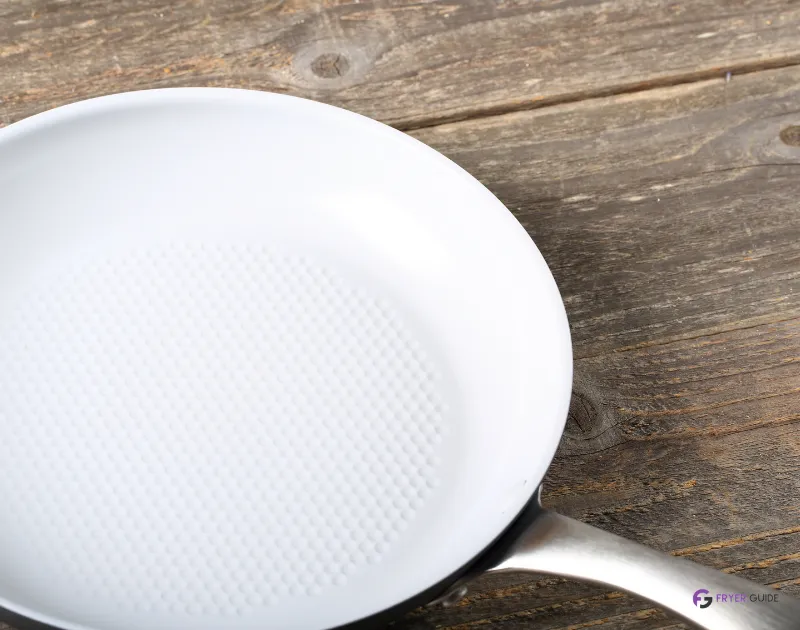
The seasoning process for your ceramic pan is pretty simple to follow, make sure you have your cooking oil on hand, this could be peanut oil, or any other vegetable oil, some soap, water and a paper towel to begin the process.
To start with, you must wash your pan, this will make sure the no-stick coating has no inconsistencies, especially for older pans you should make sure to remove any stuck food or burnt oil from previous cooking.
Wash your pan with a soft cloth (nothing that will scratch it) and some dish soap with water, then dry it afterwards.
Now your pan is nice and clean, take your oil, add a tablespoon to the pan that you are seasoning and spread it around with your fingers or a paper towel until the surface is entirely coated.
You mustn't use oil that has a low smoking point otherwise the process will not work, oils to avoid using are coconut oil and olive oil.
To ensure you are doing the cookware seasoning process properly, you have to let the oil slowly heat in the pan until smoking and avoid it pooling in any areas.
There are two ways to do this part, either on the stovetop or inside of the oven, we will list both ways below.
Turn the top of your oven and bottom heating on with a temperature to 300ºF or just medium heat, make sure your ceramic frying pan is oven safe as some are not then place it on the middle rack to heat, this might take around 20 minutes or so for the oil heat.
You can use this method for other ceramic baking dishes too.
Place the frying pan over medium heat on the stovetop burner and remove the pan as soon as you see smoke coming from the cooking surface, this can take a while, even up to thirty minutes, so don't be tempted to rush by turning up the heat to high.
Keep turning the pan to make sure the oil covers all surface area of the pan.
The longer you let your ceramic pan cool down and absorb all the oil after smoking, the better the result of your non-stick surface will be, as this gives the pan a longer chance to absorb it all.
Never be tempted to cool it down faster with cold water as this will ruin the coating and potentially damage the pan due to rapid cooling.
After the ceramic pan has cooled down you can then take a paper napkin or sheet of paper towel and take off any excess oil, never try to wash the oil off as this is what gives the pan non-stick properties for a better cooking experience.
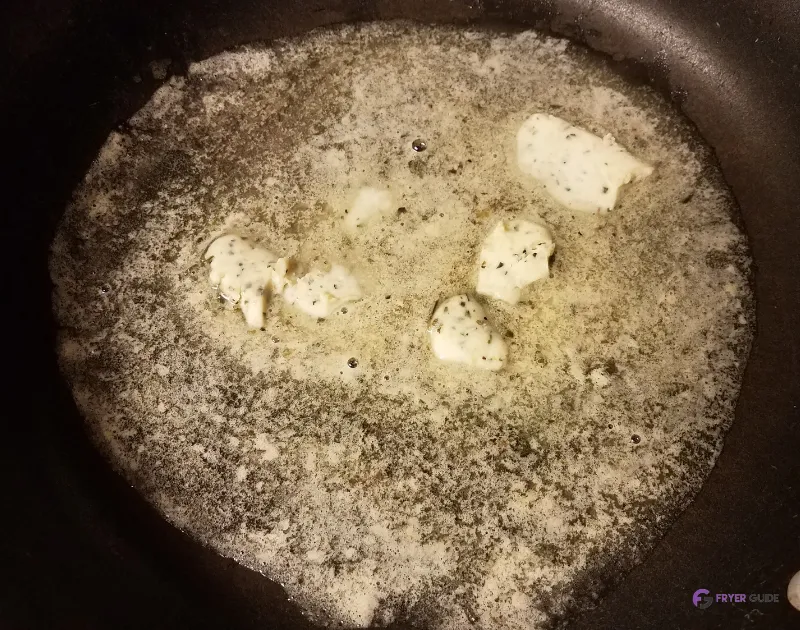
You want to avoid doing a seasoning layer on your pan too often and too little, by rule, this should be around every six months or so and also when you buy your new ceramic pan for the first time.
Another way to tell when your pan needs seasoning is when stubborn food residue is sticking or the pan is starting to feel a little rough.
Regular seasoning session times will all depend on how often you use your pan and how well you want it to cook.
Now we know how to season your ceramic pan and how often you should be doing it, you should also know how to take care of your pan in the best way possible, as this can help the cookware to last longer and need less seasoning.
We've listed our top care tips below.
Part of taking care of your ceramic pan is cleaning it properly too, soapy water is often not enough to take off the permanent layer that builds up over your no-stick coating from proteins, which can ruin your pan.
We have discussed how to clean your ceramic pan in the best way possible.
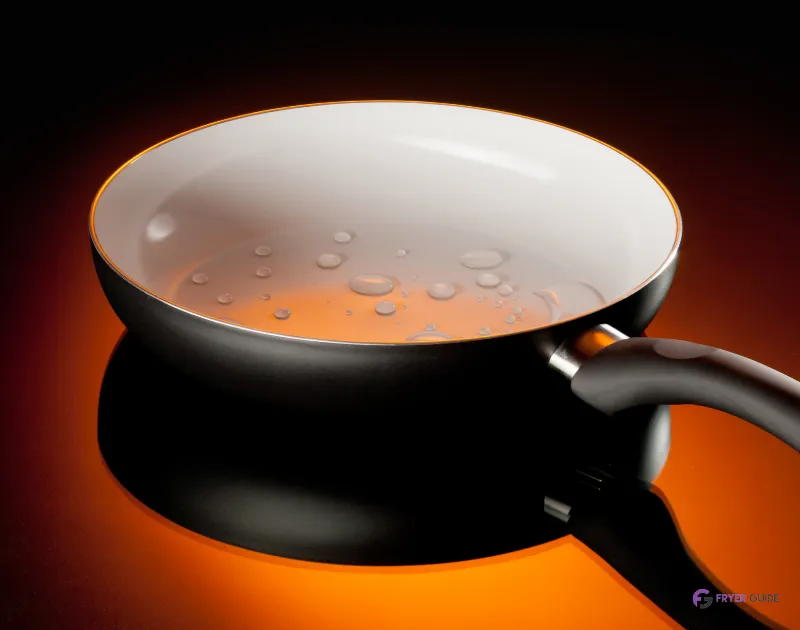
To conclude, seasoning a frying pan is simple to do and allows for fun cooking, always season regularly according to when your pan starts to stick again, and make sure to season any new ceramic cookware after purchasing.
Always use safe utensils when cooking with your pan to prevent scratching the non-stick surface and ensure that you are cleaning it properly with non-abrasive sponges and hot soapy water.

